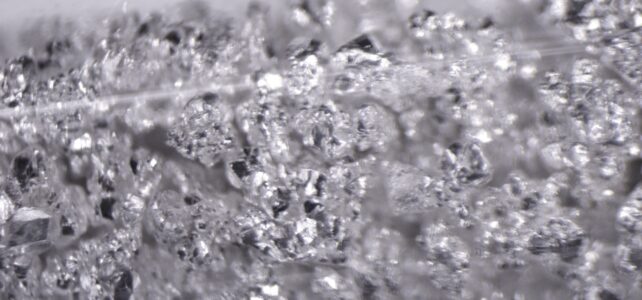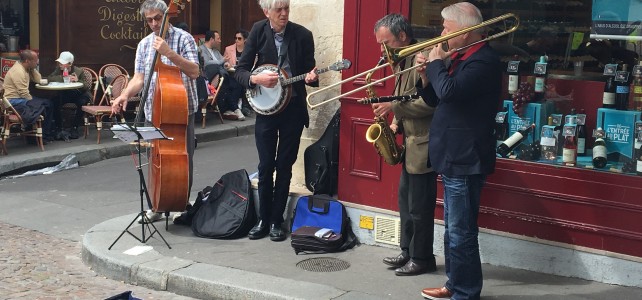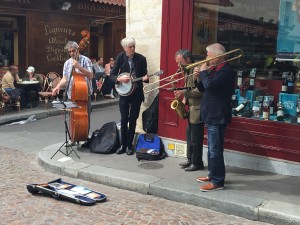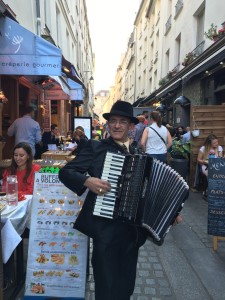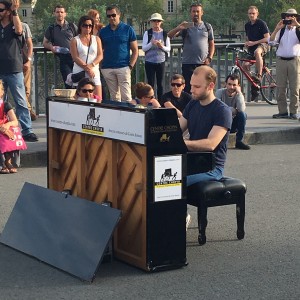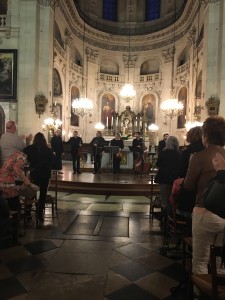Note: Today is the anniversary of my parents’ wedding day. Both deceased, it would have been their eightieth. I’m thankful for their encouragement to engage in the world, to explore and to observe. They provided all kinds of things from a writing desk and microscope to chemistry sets, art supplies, and musical instruments. They afforded opportunities to explore creeks and woods as well as taking me on my first trip to the ocean. Their own faith and curiosity were contagious. They gave generously of their time and supported their children’s (and grandchildren’s) varied interests. I am deeply grateful and think of them as I write this column.
When I was a child, my parents kept a microscope in the kitchen! It was nestled in a wooden box on a shelf in the corner cabinet above the counter. I loved pulling down that box and looking closely at things. Slides in the microscope box provided a few objects to view. A bee’s wing and leg fascinated me. I never tired of looking at them and found other treasures to examine: blades of grass, a dark hair from my head and a blonde one from my sister’s, a piece of string, or a thread from my school sweater. I searched inside and out for specimens that would fit on a slide.
My fascination with looking closely was rekindled years ago when a friend who taught third grade introduced me to the use of a jeweler’s loupe in the classroom, having attended a workshop presented by The Private Eye®. (See more about this company below.) I was hooked and ordered some to use with adult GED students I was teaching at the time. I carried one around when I went to a beach or on a long walk. I gave them as gifts. I put one in a silky little bag in our family’s “wonder basket,” a sweetgrass basket that my children and I filled with interesting things we found: seashells, feathers, fossils, anything that caught our eye and imagination.
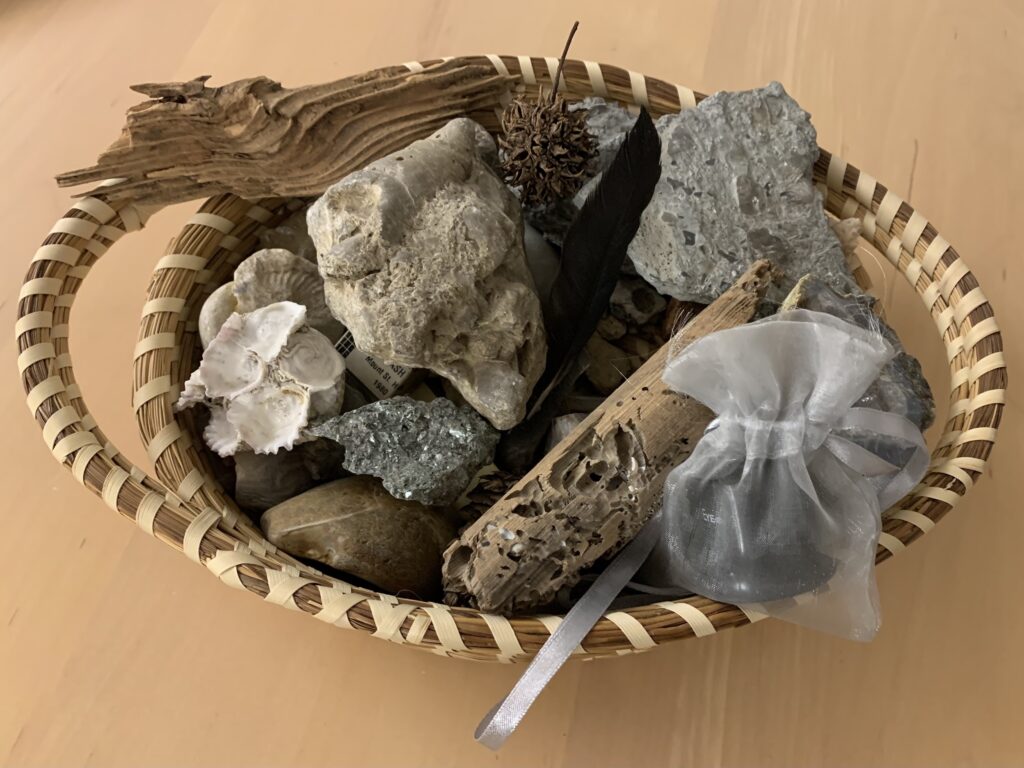
Later, as curriculum director for an afterschool program, I approached the director about purchasing loupes, additional materials, and the teacher guide from the Private Eye®. The loupes, simple microscopes, and wooden boxes filled with amazing things to look at were a huge hit. We explored art, language, poetry, and new ways of thinking and seeing.
I’ve used loupes when presenting retreats on journaling into prayer. Starting with looking at our fingerprints, we reflected on the unique creation each one of us is and what bit of the divine we’ve been given to share with the world. Narrowing our vision to what was visible through the loupe helped us center and be still.
Recently, my daughters remembered how much I love looking closely and reflecting on what I see. During a family text chat, one commented that she was feeling “extra science-y” that day because she was using a stereo microscope to examine small bone tools for her work.
“I bet you’d like one, Mom,” she said. “If you have the space for one. They definitely help you slow down and look closely!”
“That would be so cool!” another added.
“I could find room for a microscope!” I replied. The others chimed in, one offering to make it happen if I really would like one.
As the rest of us texted, she did some research and before I knew it, a new stereo microscope with a camera (so I could take pictures for my blog) was on its way.
“I would never say no to a microscope,” I typed.
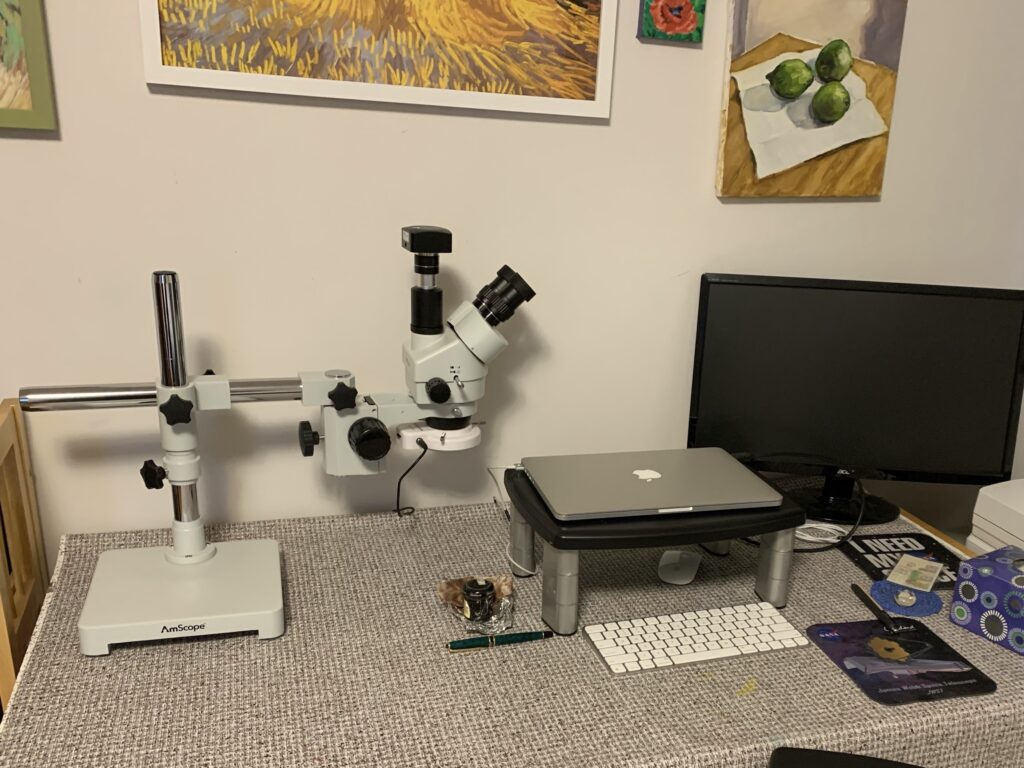
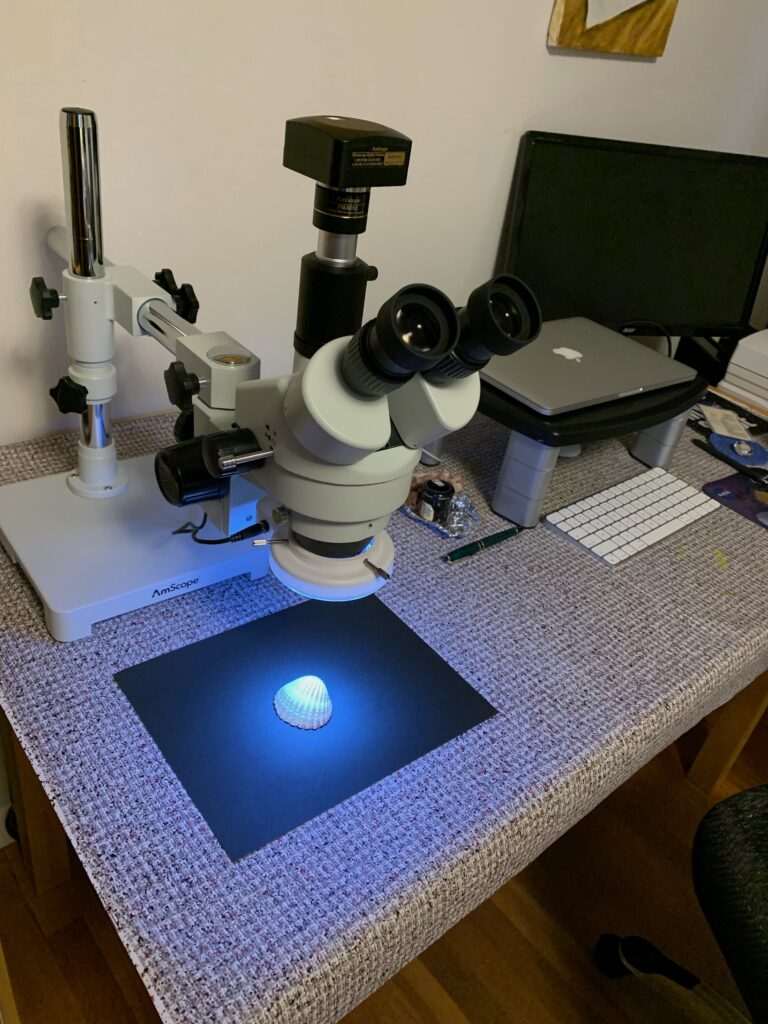
Today, it sits on the table next to my laptop and monitor. I’ve just begun to explore the possibilities, looking at silver crystals grown by my daughter, seashells, leaves, plant roots, and a sweetgum tree seedpod.
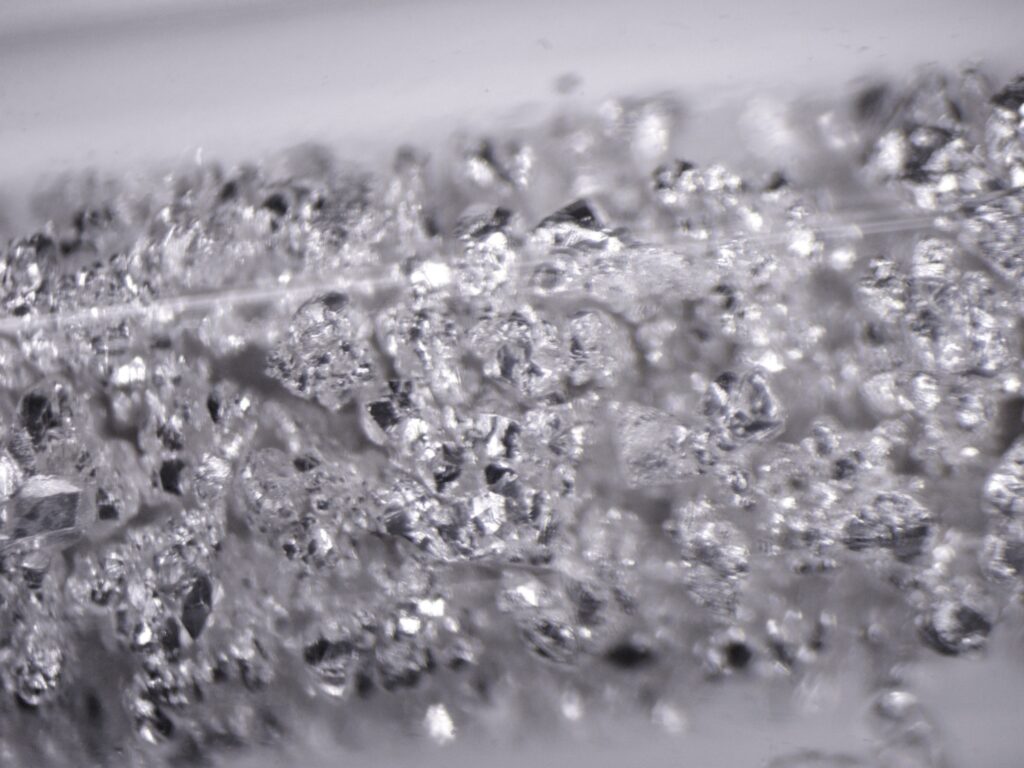
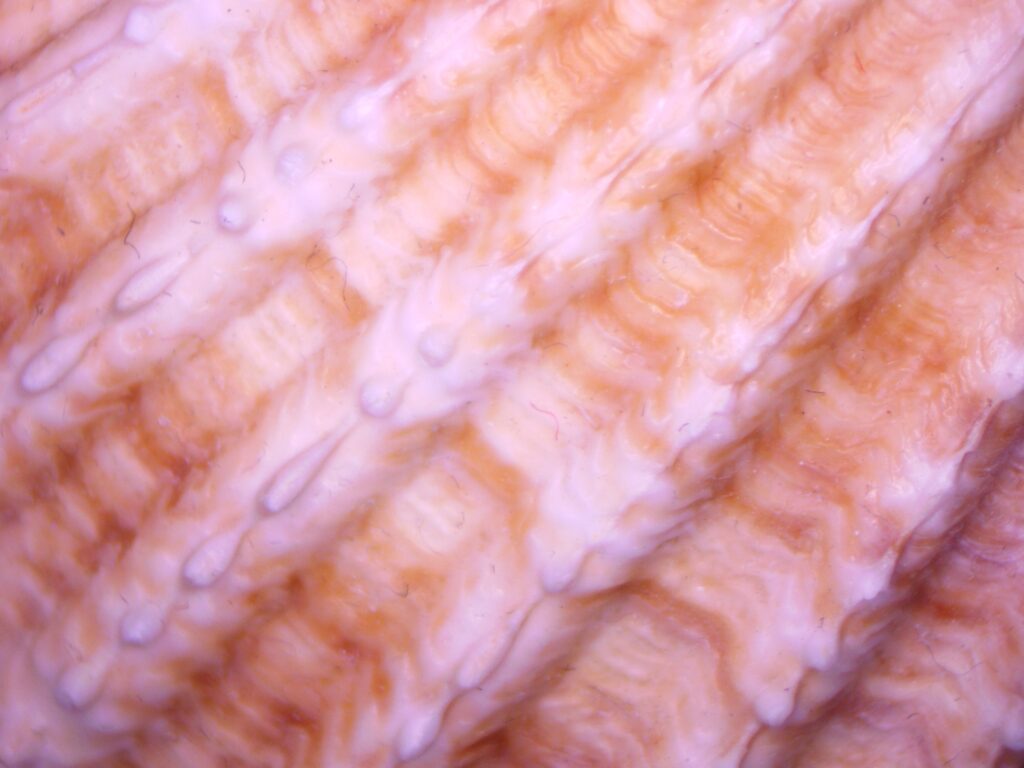
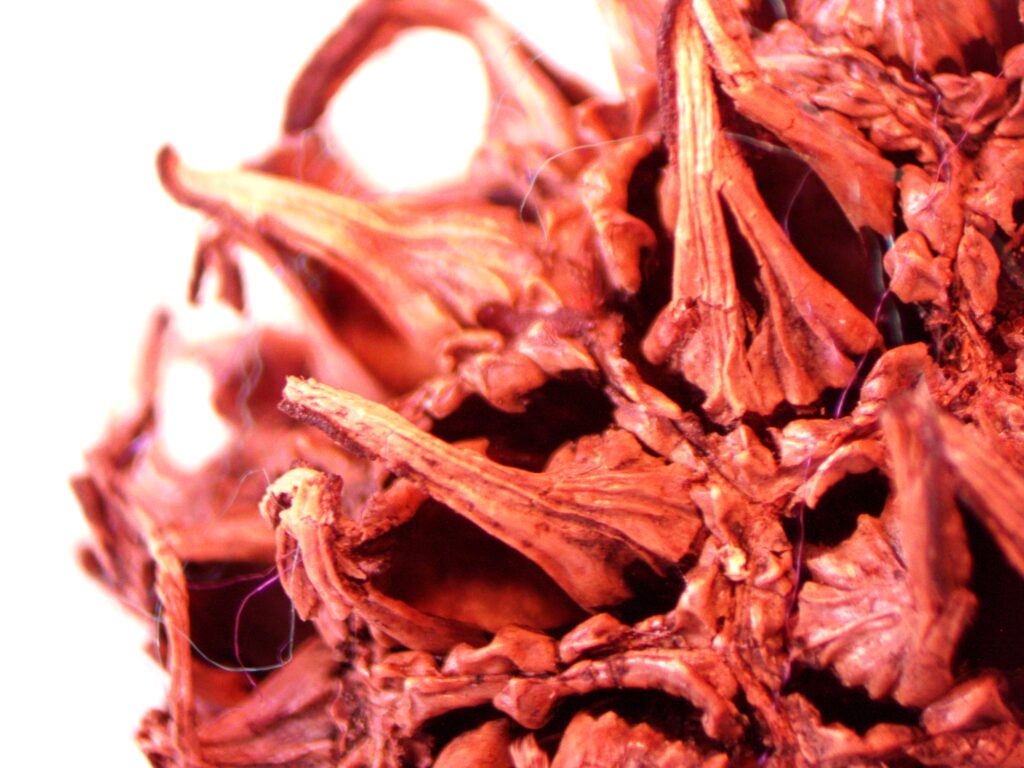
This column often reflects on cosmic images, especially from the James Webb Space Telescope, but now I can look close in as well as far out! It is easy to be awed by magnificent images of the cosmos, of stars being born, of planets, and galaxies far beyond our own. Who can’t be moved by them? But, as with so much in our lives – the ordinary things, the small things, the routine that fill the day – the quotidian fails to inspire. We walk by pebbles millions of years in the making. A dead fly in the windowsill or broken butterfly wing on the porch are things to sweep away. Intricacies of fabric that we drape over our bodies every morning when we dress are not given a thought. Likely we pick up an apple and take a bite without taking a moment to appreciate its beauty or wonder at how it grew.
A microscope (or loupe) won’t change all that. But it can be a reminder that God’s grandeur is evident in every little thing as well as in the stunning creation that fills our skies and rises from our planet: stars and sunsets, soaring mountains and throbbing oceans, forests and waterfalls. And the creatures that fill them.
… Let me keep company always with those who say / “Look!” and laugh in astonishment, / and bow their heads.
Mary Oliver in poem “Mysteries”
Suzanne Simard, among others, has alerted us to the amazing communities of life that thrive beneath our feet. Indeed, as the psalmist sings, the earth is full of the glories of the Lord. The more aware we become of the wonders it holds, perhaps the more mindfully we’ll live on it. The more passionate we’ll become about saving it. The more willing we’ll be to adjust our lifestyles to help combat the climate change that threatens it.
As time goes by, in this column you’ll be seeing some microscope images and read reflections on what they bring to mind. I hope you’ll enjoy reading and pondering them as much as I will enjoy writing them. Looking closely does indeed slow us down and open our eyes to the beauty and wonder of the creation that surrounds us and open our spirits to the grace it holds.
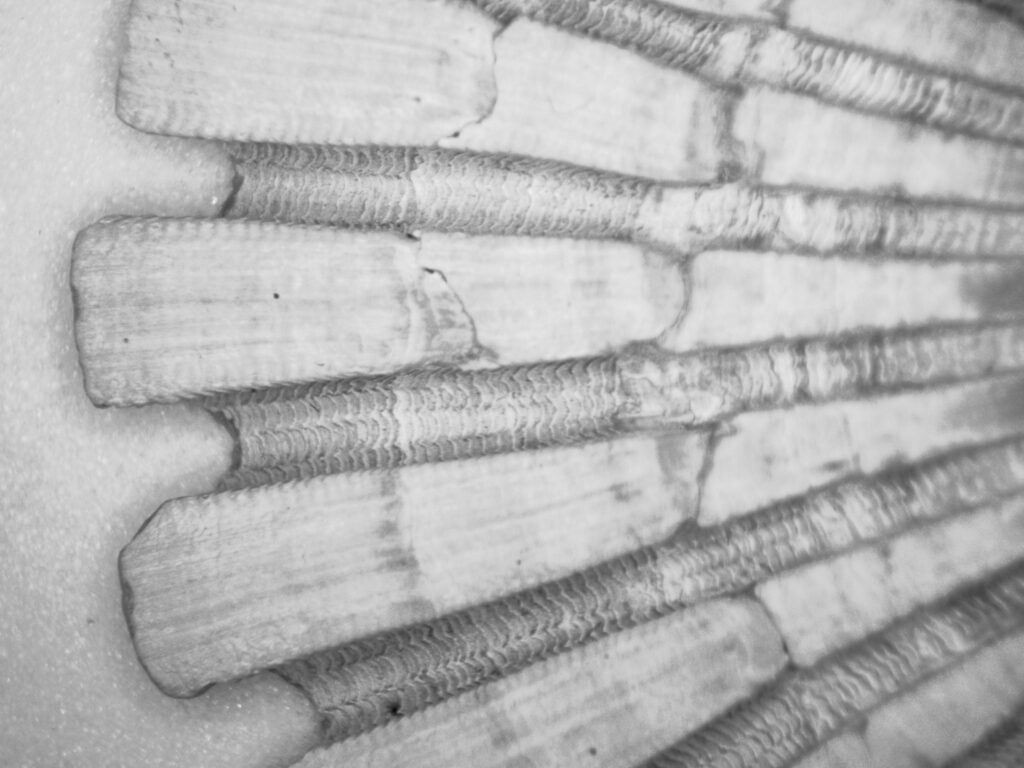
© 2023 Mary van Balen
…When it’s over, I want to say: all my life / I was a bride married to amazement. / I was the bridegroom, taking the world into my arms…
Mary Oliver in poem “When Death Comes”
Resources:
The Private Eye – (5x) Looking / Thinking by Analogy: A Guide to Developing the Interdisciplinary Mind by Kerry Ruef
“Take a Loupe at That!” The Private Eye Loupes in Afterschool Programing by Mary van Balen
Finding the Mother Tree: Discovering the Wisdom of the Forest by Suzanne Simard
